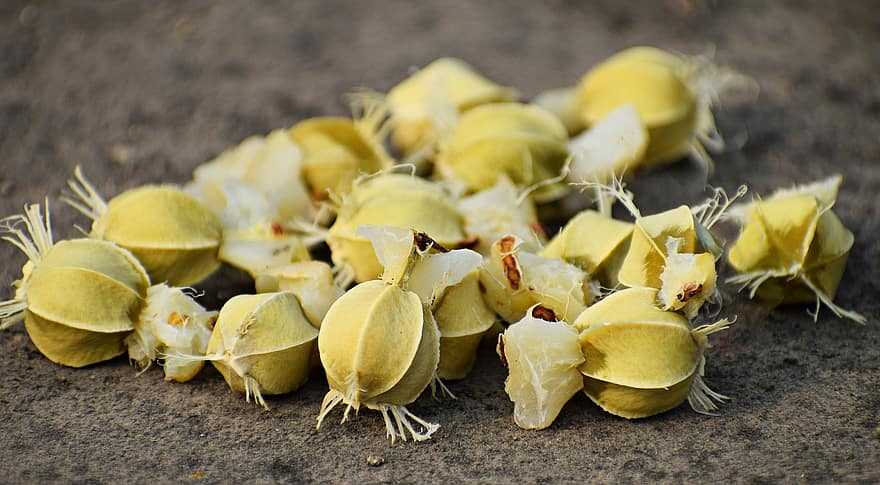Who should avoid the consumption of Amla? Expert Tips by Preety Tyagi

We all know the benefits of Indian Gooseberry but do you know who all should not consume it?
The Indian gooseberry or amla is abundant in vitamin C and vitamin A. It also contains high levels of folic acid and minerals like calcium, potassium, phosphorus, iron, carotene, and magnesium.
The health benefits of Indian gooseberry, also known as Amla, can be partially attributed to its high vitamin C content. The Indian gooseberry helps in boosting the immune system, slowing down aging, treating throat infections, reducing blood sugar levels, and improving heart health.
Indian Gooseberry (Amla) Benefits
Boosts Immunity
Amla juice, in Ayurveda, is often used to increase the white blood cells in the body, which are the mainline of defense for the immune system since these cells attack and eliminate foreign toxins and substances into the bloodstream throughout the body.

Controls Diabetes
Gooseberry contains chromium, which has a therapeutic value for diabetic patients. It stimulates the isolated group of cells that secrete insulin. This reduces blood sugar in diabetic patients and keeps their body balanced and healthy.
Aids in Digestion
Amla is very high in fiber, like most fruits. Fiber adds bulk to the stool and helps move food through the bowels and keeps their movements regular. This reduces the chances of constipation.
Prevents Heart Diseases
Amla powder strengthens the heart muscles, so the blood circulation is done throughout the body. By reducing excess cholesterol buildup, chromium in amla powder can reduce the chances of atherosclerosis or plaque buildup in the vessels and arteries. This can reduce the chances of stroke and heart attack. Also, berries like blueberries and gooseberries have been proven to improve heart health.
Acts as a Diuretic
Besides being a fruit that is very high in water content, amla is also slightly diuretic in nature. This means that it increases the frequency and volume of urination. Urination helps our body eliminate unwanted toxins and excess levels of water, salt, and uric acid.
Hair Care
Amla powder is used in many hair tonics as it enriches hair growth and hair pigmentation. It strengthens the roots, maintains color, and improves luster. Applying amla oil to the roots of your hair improves hair growth and color.
Anti-aging Agent
Vitamin C and antioxidants help scavenge free radicals, which are associated with signs of aging like wrinkles and age spots. Amla powder is used as a face mask to remove age spots.
Boosts Liver Health
Drinking amla juice, as per Ayurveda, boosts vitality and vigor, and the underlying reason for it is probably linked to its ability to re-energize the liver. Liver health is not paid as much attention to, even though it affects a large part of the population.
Anticancer Properties
Amla extract has shown to have cytotoxic activity against cervical and ovarian cancer cells. Amla extracts have strong tumor repressive properties against a number of cancer types.
Aids in Calcium Absorption
One of the less-discussed benefits of the Indian gooseberry is how it helps the body absorb calcium in a positive way. Calcium is an essential component of our bones, teeth, and nails, and also ensures that we have beautiful lustrous hair.
Improves Metabolic Activity
Eating foods that are high in protein like amla is one of the most important ways to stay healthy since proteins are an essential part of our body’s metabolic activities.
Treats Menstrual Cramps
The minerals and vitamins in the Indian gooseberry combine to make it very useful in the treatment of menstrual cramps. Since it takes a while for the necessary elements to accrue in the body, it is better to consume amla on a regular basis so that its nutrients are always in the system and menstrual cramps can be prevented.
Ways of including amla in your diet –
Amla water can be had empty stomach first thing in the morning. Amla juice can be had or simple consumption of water in which amla has been boiled can be consumed.
In India, it is eaten with salt and chilly powder or made into a pickle or sugared candy.
It is a vital ingredient of Triphala and chyawanprash, both of which are traditional herbal Indian formulations to boost health.
Read more: Why Yogi Adityanath is asked to campaign in almost every election
Amla is also available in various other forms, such as a powder, juice, oil, tablets, and spice.
Amla tea and dried amla is also consumed by many for its powerful nutritional benefits.
It can be also cooked as a sabzi and had as a side dish.
Amla can be had in form of pickles, murabba as well, although the other ingredients added in the making of these can be hazardous to one’s health.
Who should avoid consumption of Amla?
People with low hemoglobin levels or people on any kind of anticoagulant medications. Also, people who are prone to acidity, and especially citrus induced acidity must avoid consumption of Amla. It is not suitable for people suffering from Hypertension, Low Blood Pressure, etc. It’s a great detox but must not be consumed on a continuous regular basis.
Have a news story, an interesting write-up or simply a suggestion? Write to us at info@oneworldnews.com







